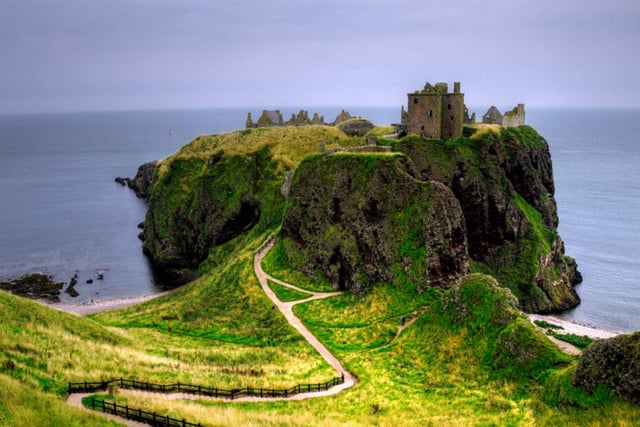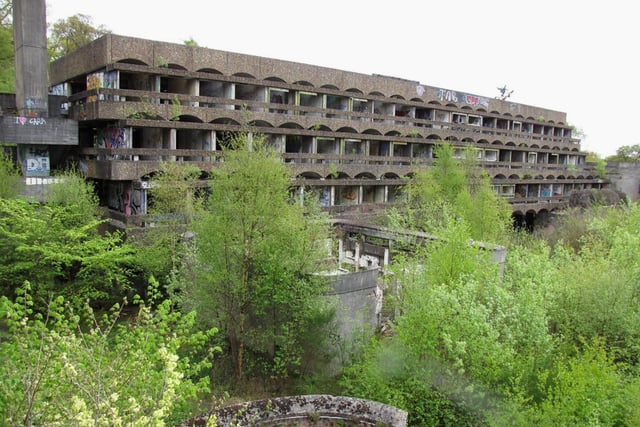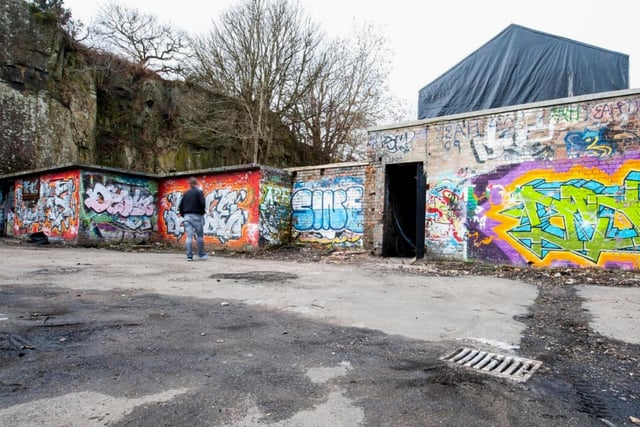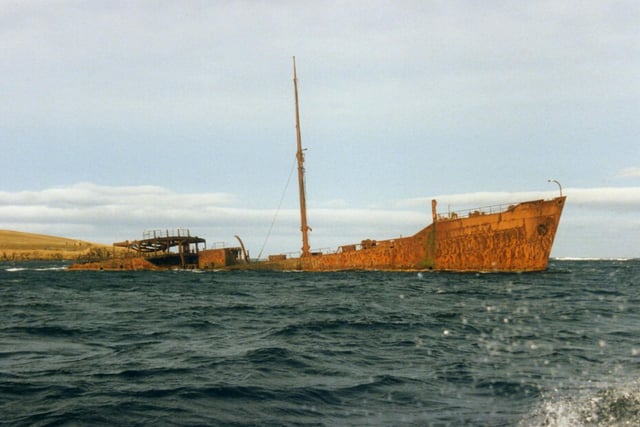Scotland is a country with fascinating heritage and a dark history which is why – on top of its award-winning scenery – the country is a tourist hotspot for visitors worldwide.
The following 7 Scottish ruins exemplify how beautiful yet somber Scotland’s buildings and history can be.

1. Dunnottar Castle (Aberdeenshire)
Once home to the Honours of Scotland – the nation’s crown jewels – the ruined medieval fortress of Dunnottar Castle is an iconic backdrop and one of Scotland’s most breathtaking historical sites. The jagged cliffs of the North Sea hoist up the ruins, where you’ll find a dungeon, restored dining room, watering hole and stables. The castle is now in the care of the Pearson family and is open to tourists during the spring and summer seasons. From a months-long 17th century siege by Oliver Cromwell’s army to the savage wind and spray of the North Sea, Dunnottar’s dishevelled remains have withstood quite a battering. Photo: via WikiCommons

2. St Peter's Seminary (Argyll)
One of Scotland’s most famous Roman Catholic monuments, St Peter’s Seminary was opened in 1966 and designed to house up to 100 priests in its Brutalist and Le Corbusier-inspired interior. It never came close to housing that figure, and significant issues related to water ingress and the design of the structure meant that the building soon suffered. By 1980, the seminary had closed and was converted into a drug rehabilitation facility, but it too shut in 1985 as longstanding problems persisted. A fire ravaged the building in 1995, three years after its designation as an A-listed structure. Photo: Stuart Caie via Flickr

3. Barnton Quarry Bunker (Edinburgh)
A secret bunker hidden under Corstorphine Hill, Barnton Quarry Bunker is a Cold War relic. After its stint as an operations room for RAF Turnhouse in WWII came to an end, the facility was repurposed as a Regional Seat of Government (RSG) destined to hold Scotland’s top brass in the event of a nuclear attack. The base operated from 1952 until activist group Spies for Peace outed the secret site 11 years later. A fire in 1992 released asbestos fibres into the subterranean levels of the structure, making the building dangerous. Photo: Submitted

4. Blockships of Scapa Flow (Orkney)
During WWI, sturdy defences were put in place around Scapa Flow in Orkney - a large, calm body of water where the Royal Navy would berth their warships in security. Such defences included a number of blockships sunk in both WWI and WWII to stop German submarines from reaching the area and attacking the ships berthed there. After the sinking at anchor of HMS Royal Oak in 1939 at the hands of a U-boat that had infiltrated the sound, Winston Churchill ordered the construction of the Churchill Barriers to replace the blockships. Photo: petelovespurple via Flickr
